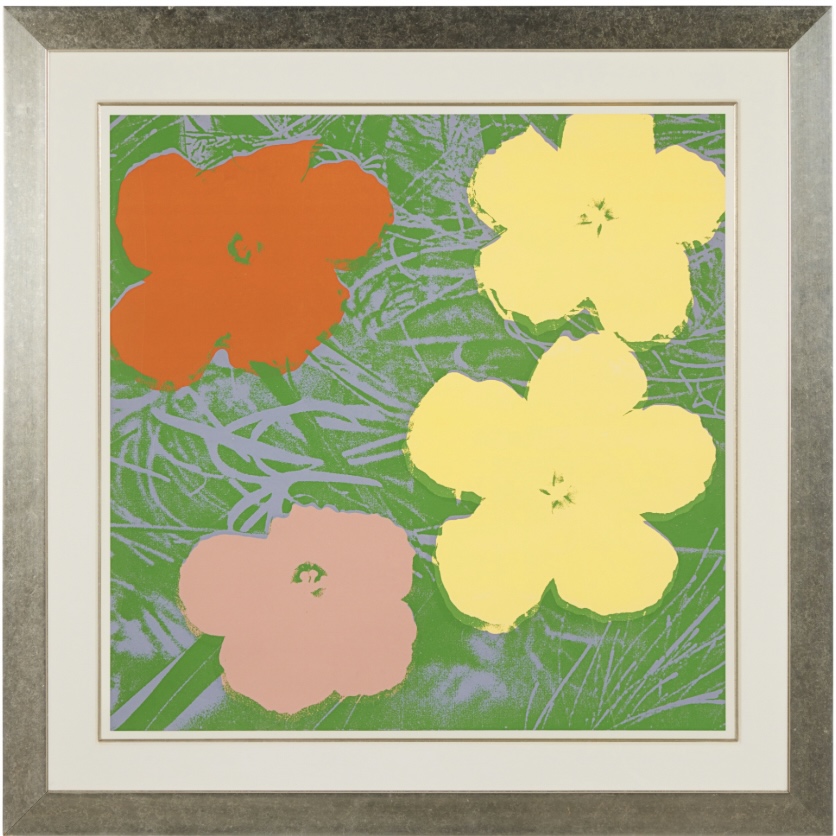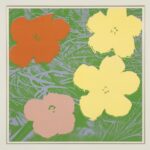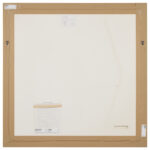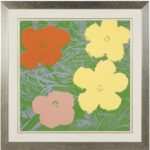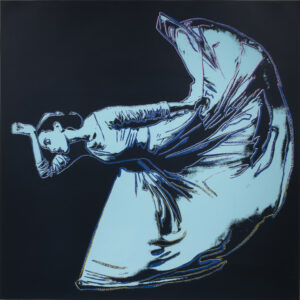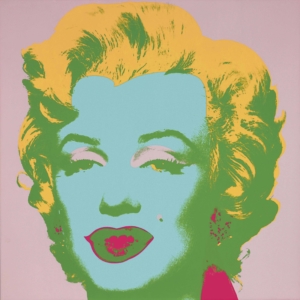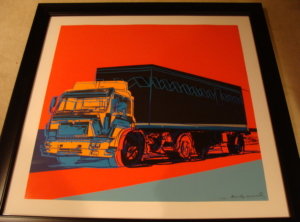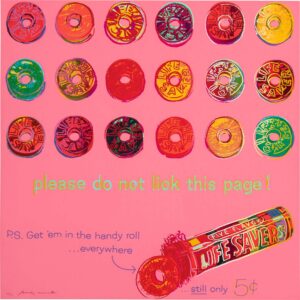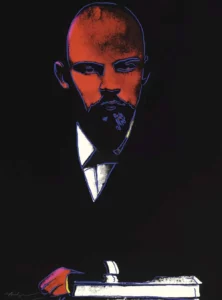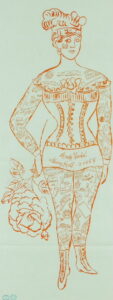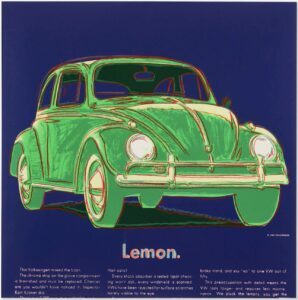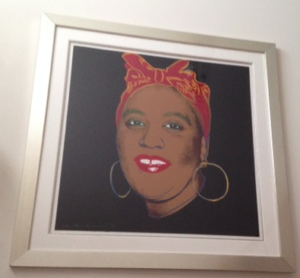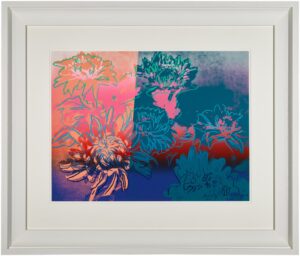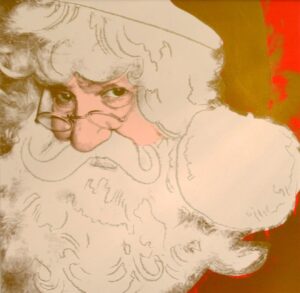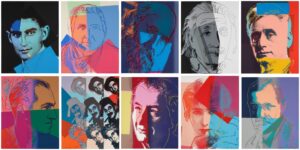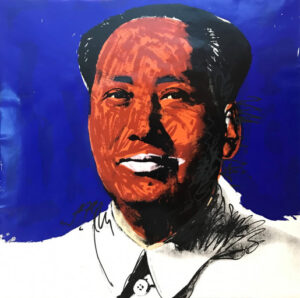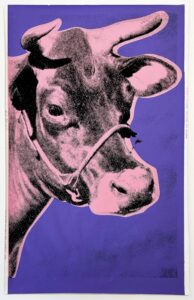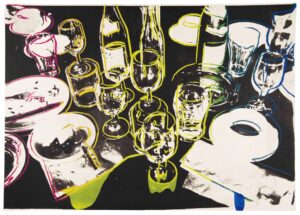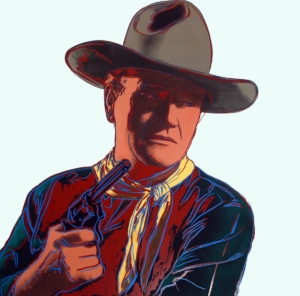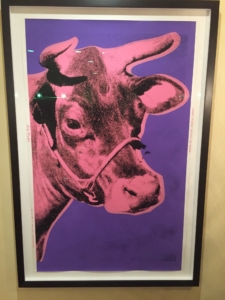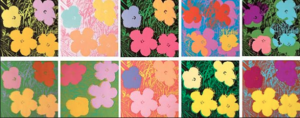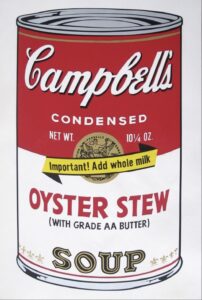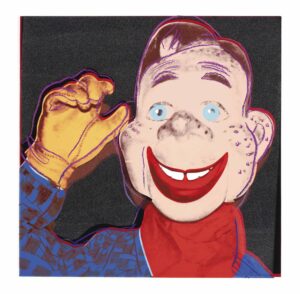Flowers (F. & S. II.65), 1970
Signed and numbered
From an edition of 250
36 x 36 inches (91.4 x 91.4 cm.)
To create a similar listing log in or sign up.
Log in/sign upAll works are inspected prior to delivery, work will be sent out tracked and insured at buyers cost. If you'd like to make specific arrangements or discuss collection then please contact us directly.
Accepted: Wire transfer
ART PLEASE Assurance Policy: Every ART PLEASE seller has been approved by ART PLEASE after a thorough review. All of our sellers are required to accept the following ART PLEASE policy: A buyer may return an item purchased through ART PLEASE, if the item received is not as described in its listing, or is found to be unauthentic.
Andy Warhol’s Flowers (F. & S. II.65), created in 1970, is one of the most iconic pieces from his Flowers series, which marked a shift from his earlier focus on celebrity culture and mass consumerism to nature and abstraction. Using a cropped photograph of hibiscus flowers originally published in Modern Photography, Warhol transformed the image through high-contrast silkscreen printing, flattening the floral forms into vibrant, graphic compositions. This particular print, measuring 36 x 36 inches, was part of a portfolio of ten works, each distinguished by varied and often unexpected color combinations that exemplify Warhol’s approach to repetition and color experimentation. His decision to depict flowers—a traditionally decorative and feminine subject—through a mechanical and industrial process reflects his interest in challenging notions of originality and beauty in contemporary art.
The artwork Flowers (F. & S. II.65) is a screenprint in colors, signed in black ball-point pen on the reverse and stamp-numbered from an edition of 250, with an additional 26 artist’s proofs. It embodies Warhol’s signature technique of silkscreen printing, which he had previously used in his depictions of celebrities like Marilyn Monroe and Elvis Presley. Here, however, the floral subject becomes a canvas for bold chromatic play and seriality, standing out as both serene and unsettling in its artificiality. The square format and size—36 x 36 inches—mirror Warhol’s interest in modular repetition and uniformity, inviting viewers to reconsider the line between fine art and mass-produced imagery. As with much of Warhol’s work, Flowers blurs the boundaries between high art and commercial design, turning the natural into the manufactured and questioning the authenticity of visual experience.


